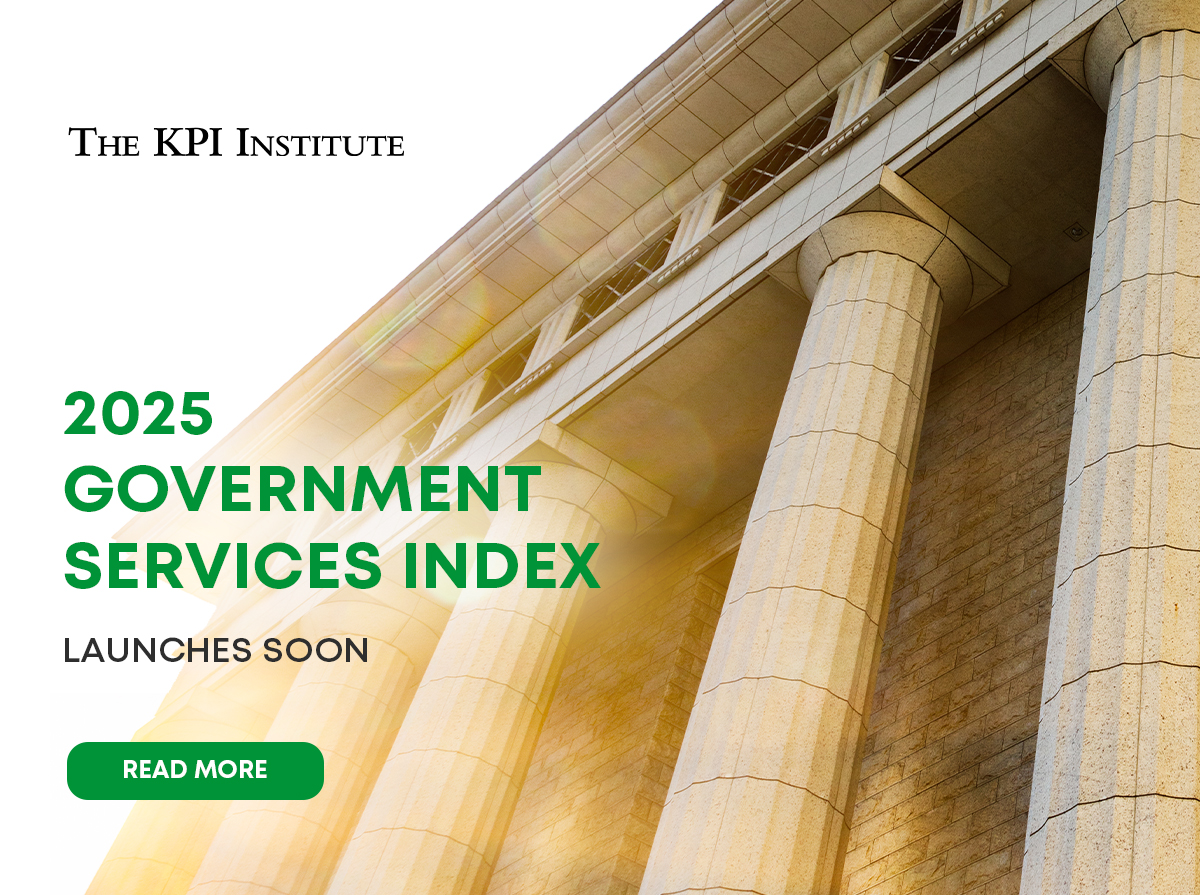Implementing the balanced scorecard system: expert insights, resources, and advisory

In 1992, Robert S. Kaplan and David P. Norton introduced the balanced scorecard (BSC) to the private sector as a method for measuring performance beyond financial outcomes. This tool reflects the four major dimensions of an organization: financial, customer, internal processes, learning, and growth.
According to Kaplan and Norton, BSC translates a company’s strategic objectives into coherent performance measures using a comprehensive framework. Moreover, they believe that BSCs can lead to “breakthrough improvements” in the areas of product, process, customer, and market development.
In her article titled “The Balanced Scorecard: Outsmarting design and implementation traps,” Marcela Presecan, head of research, explained the 10 areas that must be examined before using BSC in an organization: strategy drafting, management identity, bureaucracy, employee perception, communication without understanding, lack of common vocabulary, getting over the experimental scorecard, standardizing balanced scorecard design, adapting to the business environment, and commitment of the organization. “When implemented with its full potential in mind, the balanced scorecard is one of the best reflections of an organization’s contribution to the real operating environment,” she wrote.
Meanwhile, Manoj Dubey, a consultant at TKI, argued in an article that the concept of BSC must be revisited. “The perspectives of BSC, especially internal processes and learning and growth, should evaluate the quality aspects of an organization in Industry 4.0. It should ensure that strategy formulation, strategy execution, and performance measurement system are aligned to new technologies,” he wrote. “A traditional approach of BSC leads to fixed or orthodox KPIs which are not relevant in today’s technological scenario. The concept should revolve around improving processes using the latest IT; this includes having new KPIs.”
To get more perspectives and information on BSC, check out this specially curated resources.
Articles
- How Apple uses the balanced scorecard
- The balanced scorecard of Philips
- How to use a balanced scorecard in a board’s performance evaluation
- The balanced scorecard: review and criticism
- Insights on developing a bank’s balanced scorecard
Webinar
Understanding the components of the Balanced Scorecard System – Following a performance management process, the final step regarding a company’s key performance indicators (KPIs) after data gathering is reporting and decision-making. It is crucial that this step is done correctly, as it has an important impact on how organizations utilize KPIs to inform decisions. The focus will be on understanding proper reporting guidelines, along with using business analysis techniques for better decision-making and improved initiatives for performance enhancement.
Certification
The KPI Institute’s Certified Balanced Scorecard Management System Professional provides participants with relevant knowledge on how to develop and implement a balanced scorecard system. It also offers a comprehensive overview on the many benefits any organization can extract from the BSC system implementation. Sign up here.
Advisory Services
Through The KPI Institute’s advisory team, organizations and professionals have access to a diverse range of services from KPI advisory calls to complex performance management systems implementation spread over 12 different practice areas, including BSC. If you want to improve your current level of performance using a clear and concise toolset, the BSC is the answer. TKI’s experts and consultants are here to support you in this performance management journey by developing and implementing the BSC system down to the employee level. Learn more here.







